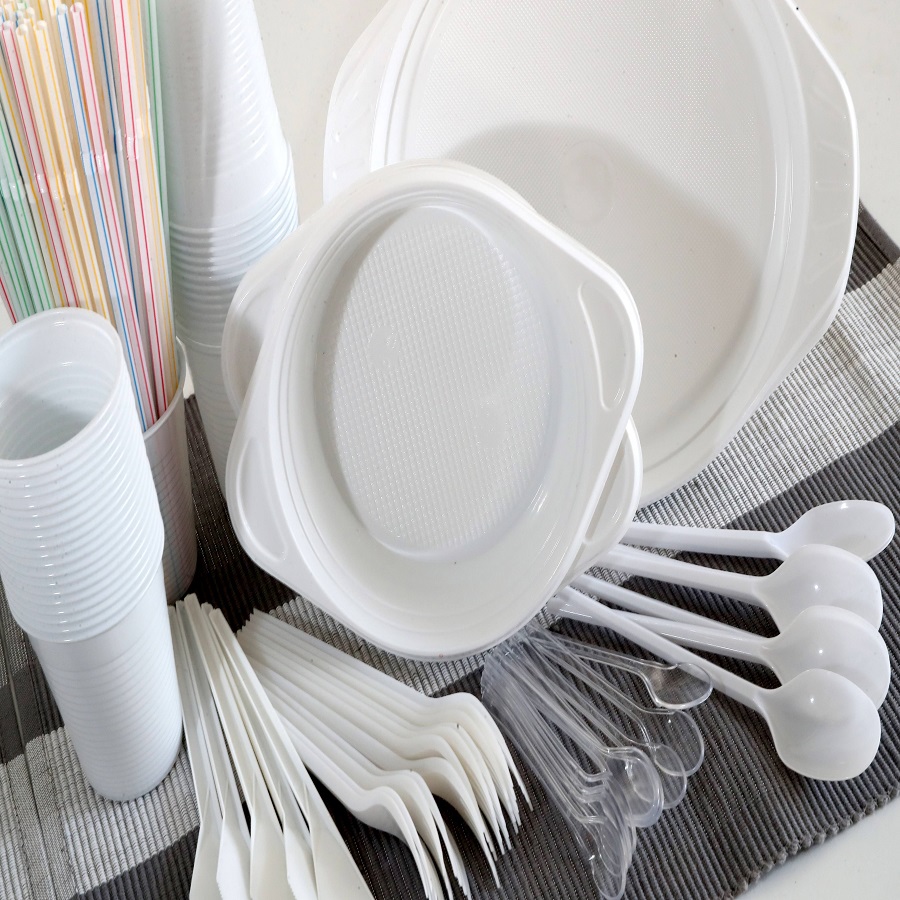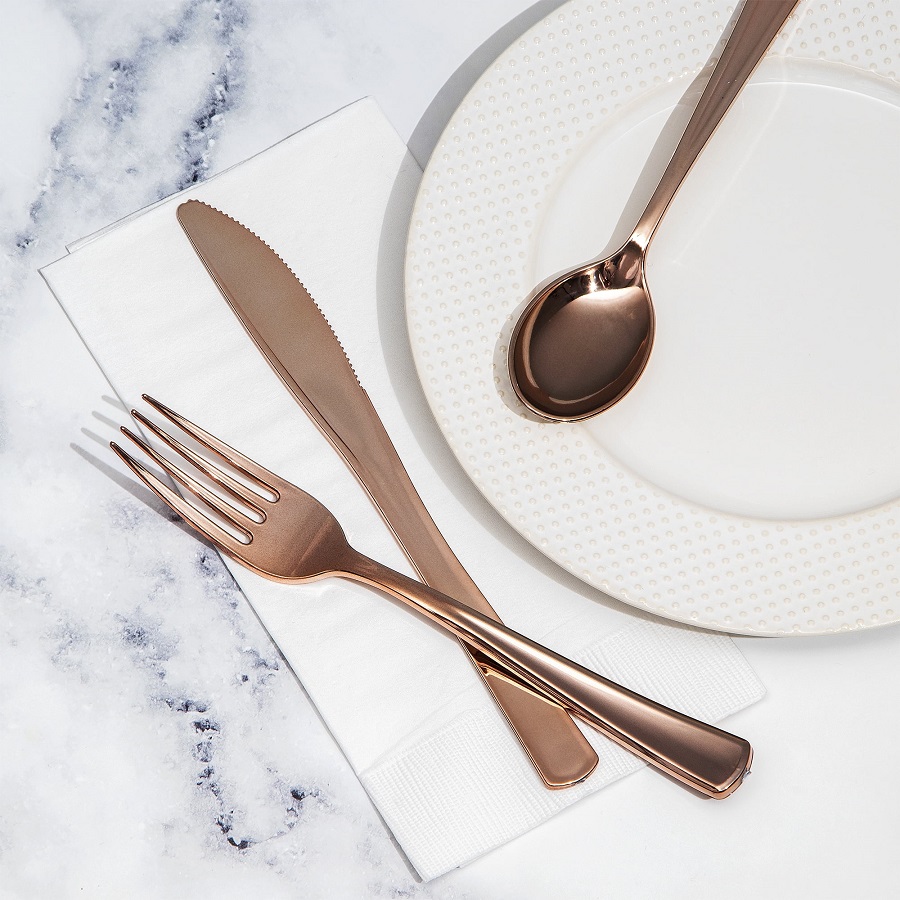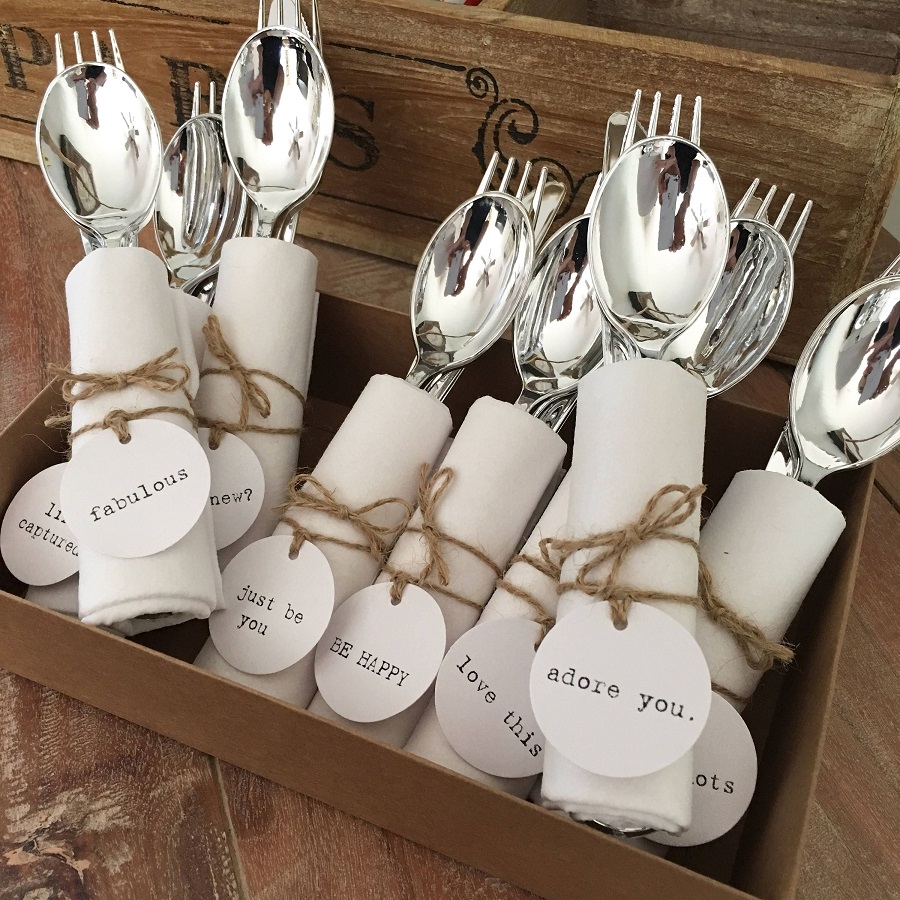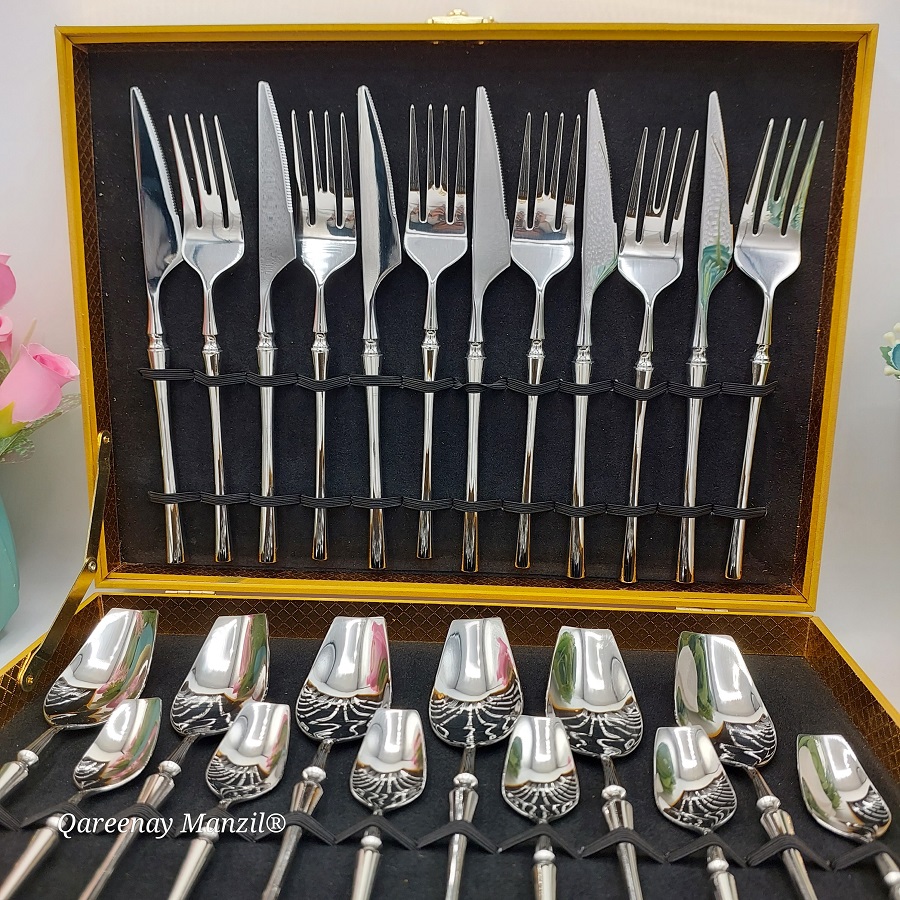The Growing Demand for Sustainable Dining Solutions
In recent years, the surge in environmental awareness has sparked a significant interest in sustainable dining solutions. Restaurants, catering services, and even everyday consumers are now seeking alternatives to traditional plastic cutlery. The reason is clear: there’s a collective drive to reduce pollution and waste associated with single-use plastics.
What’s driving this demand? Largely, it’s due to heightened environmental concerns. People are more informed about the negative impacts of plastic waste on oceans, wildlife, and ecosystems. This awareness has led to consumer demand for dining options that don’t harm the planet. Businesses are responding to this by including eco-friendly practices in their operations, particularly concerning disposable cutlery.
Additionally, social trends play a role. There’s a growing culture of responsibility and sustainability amongst millennials and Gen Z consumers. These groups often make purchasing decisions based on a company’s environmental footprint, which includes the utensils offered.
Moreover, global events have also underscored the urgency of sustainable practices. Climate change conversations and plastic bans are more frequent, pushing the market towards green alternatives. In response, the industry is rising up to meet the demand for sustainable dining solutions, with disposable cutlery at the forefront of this shift.
To accommodate this growing demand, manufacturers of disposable cutlery are innovating and diversifying their products. Eco-friendly alternatives, such as biodegradable plastics, compostable materials, and plant-based options, are becoming more prevalent. These sustainable choices are not only better for the environment, but they also resonate strongly with eco-conscious consumers.
Leipzig, 17.04.2019, EU Verbot von Plastik Einweggeschirr. , Einwegbesteck, Becher, Trinkhalme etc. sollen im EU Gebiet verboten werden. , Im Bild: Einweggeschirr, Geschirr Feature. , *** Leipzig 17 04 2019 EU ban on plastic disposable crockery disposable cutlery cups drinking straws etc are to be banned in EU territory In the picture disposable crockery crockery dishes Feature
An Overview of Eco-Friendly Cutlery Materials
As demand for sustainable dining solutions grows, so does the variety of eco-friendly cutlery materials. Let’s explore the main options.
Biodegradable Plastics
Biodegradable plastics break down faster than traditional plastics. Made from natural materials, these plastics decompose by microorganisms. They offer a practical step away from long-living waste.
Compostable Materials
Compostable materials go a step further. They turn into nutrient-rich soil when composted. Options include cornstarch and sugarcane bagasse. Such materials support a circular eco-system.
Plant-Based Options
Plant-based options, like bamboo and palm leaves, are gaining popularity. Strong and natural, they provide a sustainable choice without harming the environment. These options often come from renewable resources.
Innovations in Disposable Cutlery Design
Innovation in disposable cutlery is changing the way we dine. Designers and manufacturers are working to create products that not only meet environmental standards but also enhance user experience. Let’s look into some of the prevailing advancements that illustrate the future of eco-friendly cutlery.
Materials That Mimic Traditional Plastic
Scientists have developed bio-based alternatives that mimic the properties of traditional plastic. These materials maintain the durability and functionality that consumers expect. For example, disposable cutlery made from PLA (polylactic acid) feels like plastic but is made from fermented plant starch, usually corn.
Edible Cutlery
Edible cutlery, an exciting innovation, adds a new dimension to sustainable dining. Made from grain flour, these utensils can be eaten after use, eliminating waste entirely. Additionally, they come in various flavors, adding a unique touch to meals.
Improved Biodegradability
Enhancements in biodegradability are pivotal. New formulations enable cutlery to degrade more quickly and under non-industrial conditions. This advancement means eco-friendly cutlery can be disposed of in home composting systems, making sustainable disposal more accessible.
Multi-Functional Design
Designers are pushing boundaries by integrating multiple functions into a single piece of cutlery. For example, some utensils serve as both a fork and a knife. This multi-purpose feature not only reduces material use but also simplifies the dining experience.
Aesthetically Pleasing Options
Eco-friendly does not mean sacrificing style. Today’s sustainable cutlery comes in chic and attractive designs that appeal to the style-conscious consumer. Aesthetics, matched with environmental friendliness, makes for cutlery that is a talking point at any dining table.
The drive towards sustainable dining solutions continues to inspire innovative disposable cutlery design. Each advancement brings us closer to a future where dining is responsible, enjoyable, and kind to our planet.
The Impact of Eco-Friendly Cutlery on the Environment
The shift to eco-friendly cutlery is a game-changer for our environment. Traditional plastic utensils often end up in landfills or the ocean, taking centuries to decompose. Eco-friendly alternatives promise a lower environmental toll. They break down more rapidly and with fewer toxic residues.
Here’s how switching to sustainable disposables can benefit the planet:
- Reduction in Plastic Waste: Eco-friendly disposable cutlery is often made to be biodegradable or compostable, meaning it can degrade into natural elements within a shorter period compared to conventional plastics. This reduces the massive volume of plastics clogging our ecosystems.
- Lower Carbon Footprint: The production of plant-based or biodegradable materials often requires less energy and emits fewer greenhouse gases than traditional plastic manufacturing. Choosing these options can contribute to a decrease in our collective carbon footprint.
- Support for Biodiversity: By reducing pollution and the strain on landfills, eco-friendly cutlery indirectly supports wildlife and plant diversity. Fewer toxins and plastics in the environment mean healthier habitats for all forms of life.
- Promotion of Sustainable Practices: Using disposable cutlery made from renewable resources encourages the growth of a green economy. It fosters sustainable farming and manufacturing practices that are in harmony with nature.
- Enhanced Soil Health: Compostable cutlery, when disposed of properly, can boost soil health by adding nutrients as it decomposes. This is beneficial for agricultural productivity and reducing the need for chemical fertilizers.
In conclusion, eco-friendly disposable cutlery offers significant environmental benefits. These include the reduction of waste, lower carbon emissions, support for biodiversity, encouragement of sustainable practices, and the enhancement of soil health. Adopting these products is a meaningful step towards a more sustainable and mindful way of life.
Cost-Benefit Analysis of Sustainable vs Traditional Disposable Cutlery
When it comes to choosing cutlery, cost and benefits weigh heavily. Understanding the differences between sustainable and traditional disposable cutlery is key. Here, we break down the main factors.
Upfront Costs
Initially, eco-friendly cutlery may seem more expensive. Plant-based and compostable options often cost more to produce than plastic. However, prices are decreasing as demand rises and production becomes more efficient.
Long-Term Savings
Choosing sustainable cutlery can lead to long-term savings. By investing in better quality, eco-friendly options, businesses can reduce their environmental impact fees. Customers also respond positively to sustainable practices, potentially boosting sales.
Environmental Impact
The environmental cost of traditional plastic is high. It pollutes and takes centuries to break down. Sustainable cutlery, however, decomposes quickly and safely, reducing environmental cleanup costs.
Social Responsibility
Businesses that choose eco-friendly cutlery demonstrate social responsibility. This can enhance their brand image and appeal to the growing market of eco-conscious consumers.
Waste Management
Disposal costs for traditional cutlery can be significant. Eco-friendly alternatives offer savings by being compostable or biodegradable. They reduce the strain on waste management systems.
In summary, while sustainable disposable cutlery might have higher initial costs, the long-term benefits are clear. They help businesses save money, protect the environment, and meet consumer demands for eco-friendly products.
How Legislation is Shaping the Future of Disposable Cutlery
Governments worldwide are recognizing the need for change in disposable cutlery use. Laws and regulations are reshaping how businesses and consumers approach single-use items, including cutlery. These legislative moves play a crucial role in the shift towards eco-friendly alternatives.
New policies are banning or limiting plastic cutlery. Some regions have introduced complete bans, while others impose strict regulations. These laws encourage the use of materials that have less environmental impact. Eco-friendly disposable cutlery aligns with such regulations.
Tax incentives and penalties are part of the strategy. Governments offer tax breaks to companies that produce sustainable cutlery. Those sticking with plastics face fines or taxes. This financial push-pull steers the market towards greener choices.
There’s also support for innovation and recycling. Funding is directed to research on new materials and recycling methods. This bolsters the development of the eco-friendly cutlery sector.
Legislation is not just punitive; it’s educational too. Public information campaigns highlight the importance of choosing sustainable options. They help grow consumer awareness and demand for eco-friendly products.
Lastly, these regulations are setting new industry standards. The disposable cutlery market is moving towards a sustainable future. Laws ensure that manufacturers, suppliers, and users are all part of this green revolution.
The shift towards environmentally friendly disposable cutlery is clearly backed by legislation. New laws promote the production and use of sustainable alternatives. They also help the public understand the importance of eco-conscious choices. As a result, disposable cutlery is becoming more eco-friendly, guided by these legal frameworks.

Choosing the Right Eco-Friendly Cutlery for Your Needs
When deciding on the right eco-friendly disposable cutlery, several factors come into play. Here are key considerations to make the best choice for your needs.
- Material Durability: Examine the strength and durability of the eco-friendly materials. For instance, bamboo is robust and can handle hearty foods without breaking.
- Compostability: Look for cutlery that’s truly compostable, not just biodegradable. This ensures it breaks down into non-toxic components that benefit the soil.
- Product Certification: Check for certifications like BPI (Biodegradable Products Institute) or OK Compost. They validate the eco-friendliness of disposable cutlery.
- Versatility: Consider if the cutlery can handle a variety of foods. Some materials might not withstand high temperatures or moisture.
- Cost: Compare the costs. Higher upfront prices may lead to long-term savings and environmental benefits.
- Style and Aesthetics: Choose cutlery that aligns with your brand’s image. Eco-cutlery comes in stylish options that can enhance dining experience.
- Availability: Ensure a steady supply. It’s critical that your chosen eco-friendly cutlery is readily available to avoid disruptions.
- Consumer Preference: Know your audience. Some consumers may prefer specific materials or designs that align with their values.
By taking into account these factors, you can select disposable cutlery that is eco-friendly and suits your particular needs—whether for a one-time event or for regular business operations.
Case Studies: Success Stories in Implementing Eco-Friendly Cutlery
Turning to real-world scenarios, let’s highlight some success stories where eco-friendly disposable cutlery made a difference. These cases show the potential and impact of switching to sustainable options. By examining these instances, we can better understand the practical applications and benefits of eco-friendly cutlery.
National Restaurant Chain Goes Green
A prominent restaurant chain replaced traditional plastics with bamboo cutlery across all locations. They saw a decrease in waste management costs. Customers praised the move, leading to more brand loyalty.
University Campus Embraces Sustainability
A university campus introduced compostable cutlery in its dining halls. This led to a significant cut in plastic waste. The compost produced from used cutlery enriched the campus gardens, closing the loop.
Festival Sets Eco-Friendly Example
An annual music festival switched to biodegradable utensils. Despite initial cost concerns, they reduced their environmental footprint. Festival-goers appreciated the effort, and the publicity attracted eco-conscious sponsors.
Catering Company Finds Success with Edible Cutlery
A catering company began offering edible spoons with their meals. This novelty drew in new customers. They eliminated the need for any cutlery disposal and added an innovative twist to dining.
These case studies demonstrate how adopting eco-friendly disposable cutlery is not just good for the planet but can also be beneficial for business. The shift towards eco-friendly options is becoming increasingly viewed as a smart and responsible business practice.




